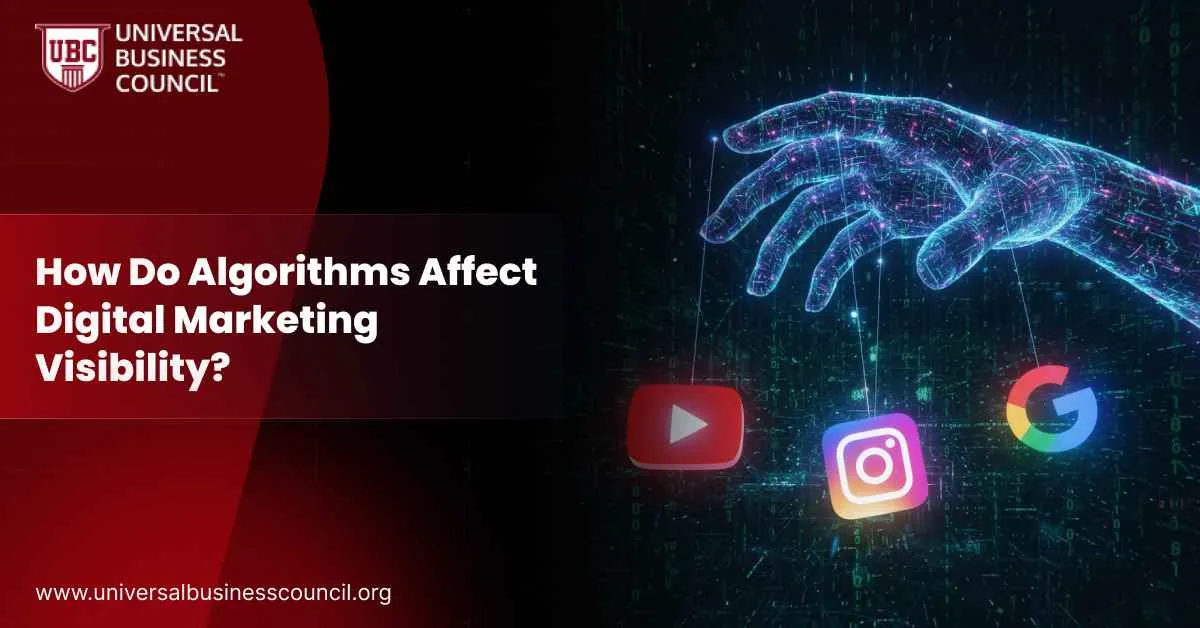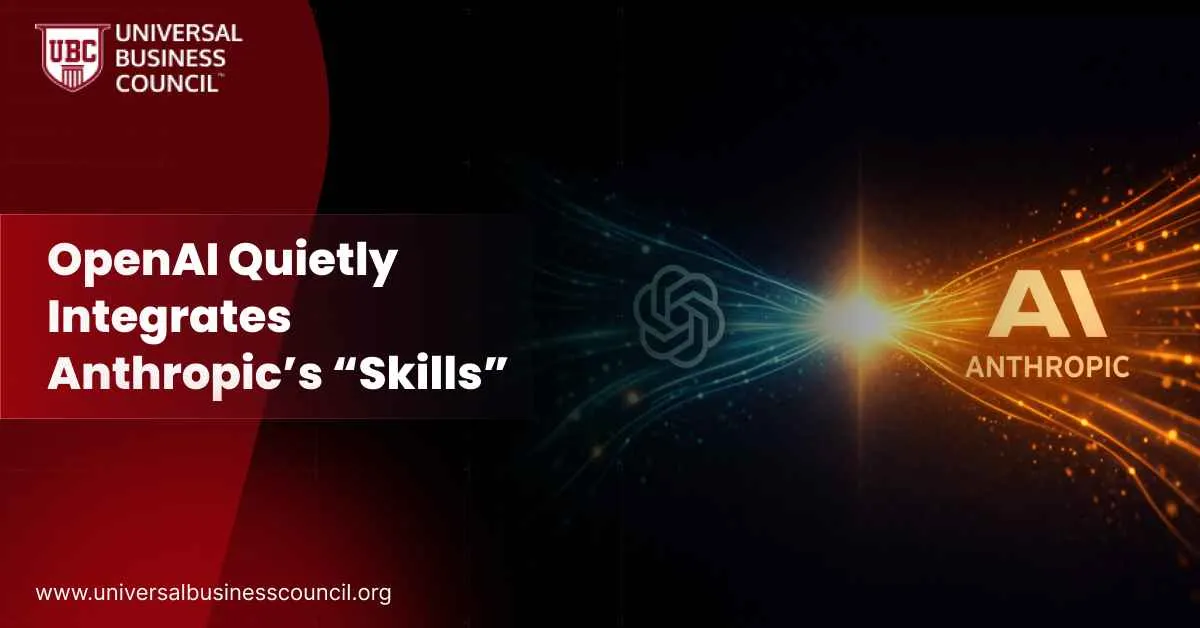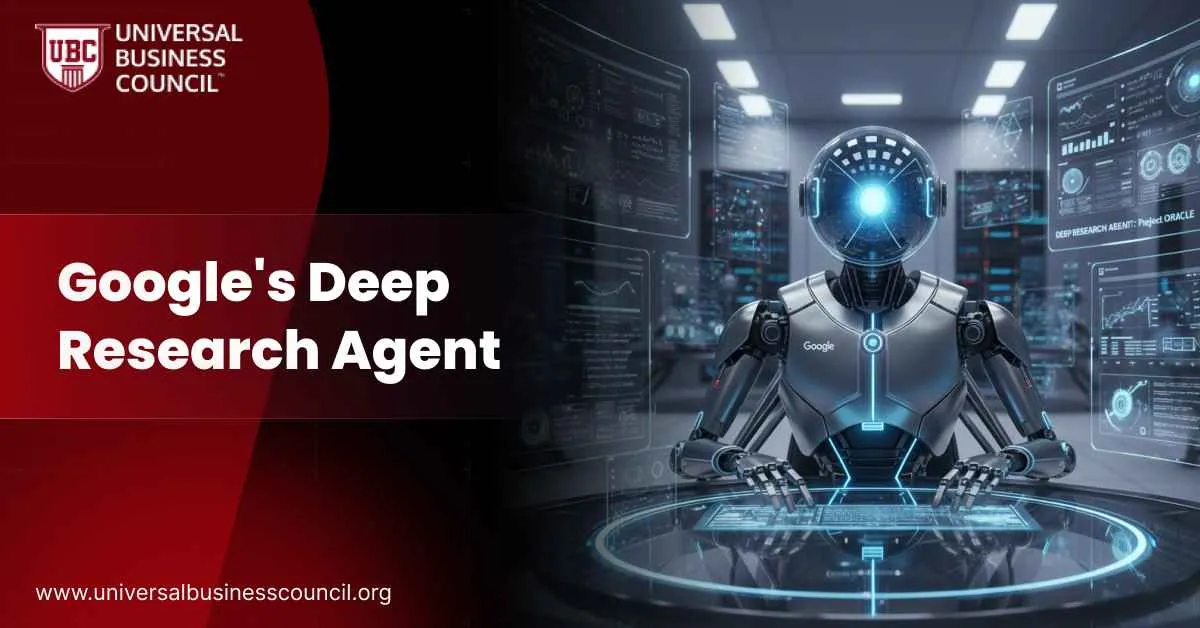 Every digital marketing wants visibility — but in 2025, visibility is no longer guaranteed. Algorithms decide what people see, when they see it, and how often they engage. From Google Search and social feeds to ad delivery systems and recommendation engines, algorithms now act as invisible editors of the internet.
Understanding how these systems work is critical to growing brand presence and maintaining consistency across platforms. For professionals who want to develop practical expertise in algorithmic marketing, an AI Digital Marketing Course helps decode these systems and apply data-driven strategies for better reach and engagement.
Every digital marketing wants visibility — but in 2025, visibility is no longer guaranteed. Algorithms decide what people see, when they see it, and how often they engage. From Google Search and social feeds to ad delivery systems and recommendation engines, algorithms now act as invisible editors of the internet.
Understanding how these systems work is critical to growing brand presence and maintaining consistency across platforms. For professionals who want to develop practical expertise in algorithmic marketing, an AI Digital Marketing Course helps decode these systems and apply data-driven strategies for better reach and engagement.
What Search Ranking Systems Prioritize in 2025
Google’s ranking algorithms have evolved far beyond keywords and backlinks. Since 2024, the company has fully integrated its Helpful Content signals into the core system, meaning there’s no single “update” to optimize for anymore. Visibility now depends on how useful, original, and satisfying your content is for real users.
Google’s official documentation emphasizes “people-first” publishing — content designed to solve user problems rather than chase rankings. Websites that rely on thin or duplicated content are gradually losing ground. Instead, Google rewards unique insights, expert opinions, and well-structured data that improves search understanding.
How to Build Search-Friendly Content
- Focus on intent: Each page should clearly answer a question or fulfill a need.
- Improve satisfaction: Content that keeps readers on-page and encourages interaction signals quality to the algorithm.
- Update regularly: Search engines value freshness, especially in fast-changing industries like AI, finance, or health.
- Optimize entities: Build connections between topics, people, and brands so Google recognizes your authority.
Professionals who want to understand the technology behind these systems can earn the Deep Tech Certification
from Blockchain Council, which explores the AI and data science foundations that power algorithmic recommendations and ranking systems.
How AI Overviews Change Clicks and Discovery
One of the most disruptive changes to visibility in 2025 is Google’s AI Overviews
— summaries generated directly in the search results using generative AI. These summaries provide immediate answers, which can reduce click-through rates for traditional organic listings.
Independent studies report that AI Overviews appear in roughly 30–50% of information-based searches. For publishers, this has created a “zero-click” reality where users get answers without leaving Google. However, the same feature can also drive traffic if content is cited within the AI Overview itself.
How to Adapt Your SEO for AI Overviews
- Publish expert-backed insights: Google prioritizes trusted, authoritative sources.
- Use structured data: Schema markup helps the AI identify key facts and pull information accurately.
- Focus on entity authority: The more your brand is associated with credible sources, the higher your inclusion chances.
- Track Overview queries: Identify where AI Overviews appear and monitor performance differences.
As AI reshapes search behavior, marketers must diversify beyond search traffic alone. Capturing audiences through newsletters, podcasts, and communities ensures stability when algorithm changes occur.
To gain the technical and analytical foundation to work with such evolving systems, professionals can consider the Tech Certification
from Global Tech Council. It offers insights into AI-driven analytics and automation — essential skills for modern marketers.
How Instagram, LinkedIn, TikTok, and YouTube Distribute Content
Social algorithms have become gatekeepers of visibility. Each platform uses its own machine-learning system to decide which content appears in users’ feeds, explore tabs, or recommendation lists. Understanding how these systems work helps marketers design posts that travel further and last longer.
Instagram
Instagram’s algorithm now has two main systems — one for followers (connected reach) and another for new users (unconnected reach). Reels and carousel posts receive preference because they increase watch time and interaction. Likes alone no longer guarantee reach; comments, shares, and saves matter more.
Best practices:
- Post regularly but prioritize engagement quality over quantity.
- Encourage conversations instead of passive likes.
- Use a mix of Reels and Stories for discovery and retention.
LinkedIn
LinkedIn’s feed algorithm has evolved to prioritize professional relevance and meaningful discussions. A key 2025 update allows older posts to resurface if engagement continues, extending visibility for weeks. Posts that attract qualified comments from industry professionals often outperform those with higher but less relevant activity.
Best practices:
- Share thought leadership and data-backed insights.
- Ask questions that encourage expert input.
- Avoid spammy link drops — they reduce post distribution.
TikTok
TikTok’s “For You” feed remains one of the most sophisticated personalization engines. The algorithm studies watch behavior, replays, likes, and completion rates. Contrary to myths, early engagement is not the only factor — content quality and retention over time matter more.
Best practices:
- Focus on storytelling, not just trends.
- Use captions and hooks within the first few seconds.
- Post consistently to train the algorithm on your niche.
YouTube
YouTube’s recommendation system has shifted toward satisfaction metrics rather than pure watch time. It measures how much value users gain from each video through surveys and engagement signals like likes, comments, and subscriptions.
Best practices:
- Create engaging thumbnails and strong titles.
- Use chapters and metadata for clarity.
- Encourage viewers to interact at the end of videos.
Social algorithms reward sustained quality. Consistency and authenticity matter more than frequency. Brands that prioritize user satisfaction over algorithm manipulation build longer-term reach and trust.
How Ad Delivery Algorithms Decide Who Sees Your Ads
In advertising, visibility is now largely determined by automated delivery systems. Platforms like Meta, Google, and TikTok rely on machine learning to decide who sees your ad, where it appears, and at what cost.
Meta’s Advantage+
Meta’s Advantage+ campaigns use AI to optimize placements, bids, and audiences automatically. This hands off much of the targeting control to the platform itself. Marketers must now focus on feeding the algorithm high-quality signals instead of manual segmentation.
What matters most:
- High-quality creative variety — the algorithm learns faster from diverse visuals.
- Clean conversion data — connect conversion APIs for better optimization.
- Clear event hierarchy — prioritize meaningful actions like purchases or leads.
Google Performance Max
Google’s Performance Max (PMax) follows a similar principle, distributing ads across YouTube, Search, Display, and Gmail. Success here depends on accurate audience signals and compelling creative assets.
Retail Media Networks
Retail platforms such as Amazon, Walmart, and Instacart have their own ad delivery algorithms. These systems reward listings with strong reviews, high conversion rates, and optimized product data. Visibility depends on feed quality and relevance as much as bid strategy.
Practical takeaway:
Ad algorithms are data learners. Feed them accurate conversions, consistent creative formats, and audience signals that match real customer behavior.
What the Digital Services Act Means for Visibility and Transparency
The European Union’s Digital Services Act (DSA)
has changed how algorithms are disclosed and monitored. It requires large platforms to explain the basic logic behind their recommendation systems and offer users more control over what they see.
For marketers, this means:
- More transparency about ranking factors.
- Clearer guidelines on advertising disclosures.
- Access to verified data about platform moderation and reach.
The DSA’s emphasis on accountability aligns with ethical marketing principles — visibility should be earned, not manipulated. Marketers who understand how these transparency frameworks operate can adapt faster to changing algorithmic policies and protect their brand reputation.
How to Adapt Your Strategy for Durable Reach
As algorithms continue to evolve, visibility will depend on adaptability and authenticity. Here’s how marketers can future-proof their approach:
- Build for user satisfaction, not loopholes. Algorithms favor content that informs, entertains, and resolves user needs.
- Diversify your traffic sources. Don’t rely solely on one platform — combine search, social, email, and community channels.
- Invest in first-party data. Build email lists and customer databases to maintain independence from algorithm shifts.
- Audit your metrics regularly. Use engagement and conversion benchmarks to guide optimization, not vanity metrics.
- Stay informed. Follow official transparency reports from Google, Meta, and TikTok to understand upcoming changes.
For a complete understanding of ethical data practices and sustainable visibility, the Marketing and Business Certification
from Universal Business Council helps marketers align strategy, compliance, and technology in a single framework.
Why do algorithms matter so much in digital marketing?
Algorithms determine what users see across search, social, and ad platforms. Understanding them helps marketers design content and campaigns that reach the right audience effectively.
Can marketers influence algorithms directly?
No one can control algorithms, but marketers can influence them through consistent quality, relevant engagement, and data accuracy.
Why did my reach suddenly drop on social media?
Platform updates often tweak ranking systems. Drops usually reflect changes in engagement signals or content relevance, not penalties.
Are AI Overviews good or bad for SEO?
They can be both. AI Overviews may reduce clicks but also highlight trusted sources. Brands that produce expert-backed, structured content are more likely to appear in summaries.
How can businesses prepare for future algorithm changes?
Focus on fundamentals — authenticity, first-party data, and helpful content. Trends change, but user trust remains constant.
Conclusion
Algorithms now shape almost every aspect of digital marketing visibility. Whether you’re optimizing for search rankings, social engagement, or ad delivery, the systems reward quality, transparency, and user satisfaction above all.
Marketers who learn to collaborate with algorithms — rather than chase them — will stand out in an increasingly automated ecosystem. By mastering analytics, creativity, and compliance, professionals can build strategies that thrive even as the rules evolve.
The future of visibility belongs to marketers who understand the algorithm — and, more importantly, the human intent behind it.
 Every digital marketing wants visibility — but in 2025, visibility is no longer guaranteed. Algorithms decide what people see, when they see it, and how often they engage. From Google Search and social feeds to ad delivery systems and recommendation engines, algorithms now act as invisible editors of the internet.
Understanding how these systems work is critical to growing brand presence and maintaining consistency across platforms. For professionals who want to develop practical expertise in algorithmic marketing, an AI Digital Marketing Course helps decode these systems and apply data-driven strategies for better reach and engagement.
Every digital marketing wants visibility — but in 2025, visibility is no longer guaranteed. Algorithms decide what people see, when they see it, and how often they engage. From Google Search and social feeds to ad delivery systems and recommendation engines, algorithms now act as invisible editors of the internet.
Understanding how these systems work is critical to growing brand presence and maintaining consistency across platforms. For professionals who want to develop practical expertise in algorithmic marketing, an AI Digital Marketing Course helps decode these systems and apply data-driven strategies for better reach and engagement.





Leave a Reply